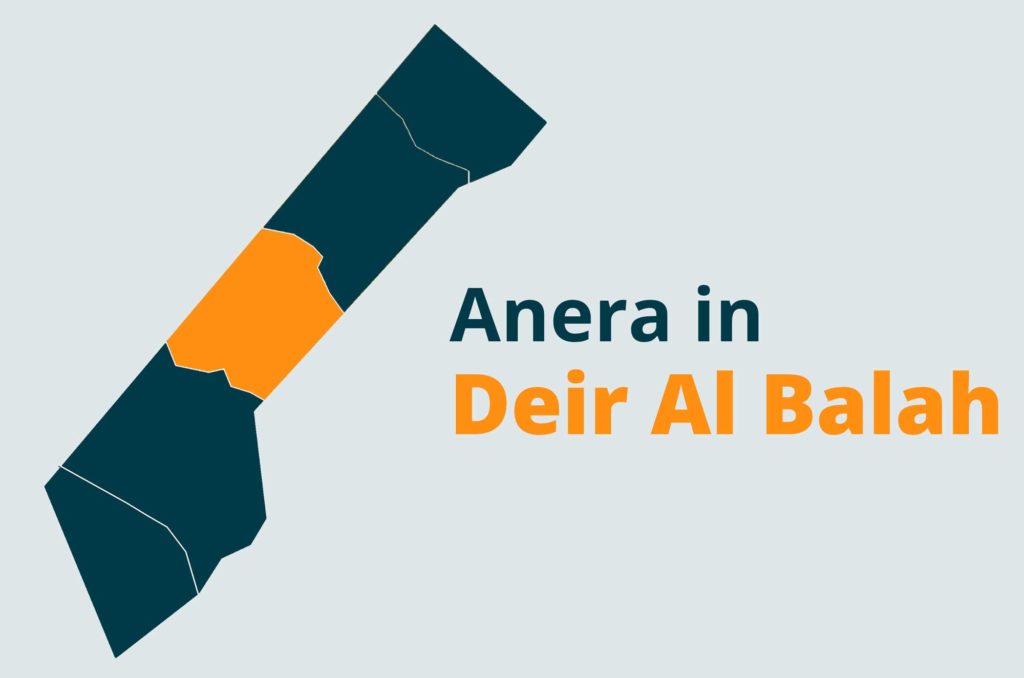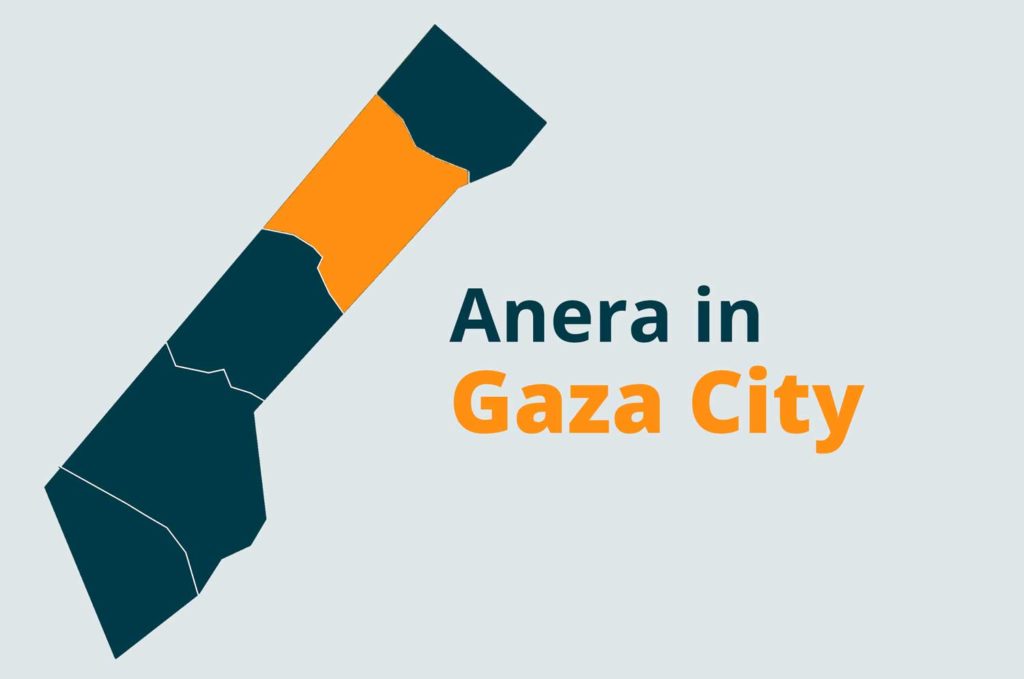Oct, 2011
Abed Al-Moeti Safi sits with his grandchildren in front of his grocery store in Al-Amal Zone in western Khan Younis and smiles with relief at the clean street before him.
Abed Al-Moeti describes what living and working on this street was like before a wastewater project changed his life, “Before the wastewater network [was installed], sewage used to flood into the streets of the neighborhood.” Abed Al-Moeti is in his seventies and lives with 25 people in the same house. The situation was bad, he says, “Life before the wastewater project was a key element of horror stories I would tell my grandchildren.”
Ever since Abed Al-Moeti moved to the area 30 years ago, his wastewater has been collected in septic tanks, which had to be emptied by trucks. Al-Amal Zone did not have a sewage network so people discharged their sewage into cesspits. The cesspits, often ‘homemade’, were inadequate and sewage would frequently overflow onto the streets. He recalls, “I had three cesspits excavated to collect the wastewater and I had to call the municipality trucks five times a month to empty them. Each time, it cost me 30 NIS($8US).”
The worst time of the year for Abed Al-Moeti and the area’s residents was during winter. “The septic tanks would overflow, and the sewage would mix with the winter rain. It was the worst scene ever. I was worried about my grocery store and things like safety and hygiene.” He adds, “I used to put a rag by the entrance for customers to clean their shoes on before entering, but it was useless.” Now Abdel Al-Moeti says, “This project has alleviated a major burden on the neighborhood’s residents.”
Thanks to the USAID funded Emergency Water and Sanitation and Other Infrastructure (EWAS II) Program, Anera was able to install a wastewater network, laying nearly 5,230 linear meters of pipes, in Al-Amal Zone to connect the area to a new drainage system. It also links it with a sewage treatment plant in Khan Younis. The project took six months to complete and will benefit 15,000 area residents.
Hana Safi, mother of eight, has lived in the area for 25 years. “The situation was bad. It hurt us a lot when the cesspits flooded; they caused a huge problem.” She continues, “I was always worried about my children. I used to help them cross the street when they came back from school. I was afraid that they would walk in the sewage and get infected by parasites.” Infection was very common among children as a result of the sewage.
In spite of the hot summer days and even during electrical outages (which are a constant problem in Gaza), Hana says she closed all the windows to prevent the unpleasant odor of sewage from invading her house. Hana’s life is easier since the project was completed. “We will bury the old tanks. The overflow of the tanks was the main subject of conversation for the women of the neighborhood, but now the women are talking about the new, clean street.”
In addition to helping residents like Abed Al-Moeti and Hana by disposing of sewage efficiently, the intervention also helped ease the area’s major environmental problems. Al-Amal Zone is home to a rain water collection pond, which enriches a nearby aquifer with clean water. Sewage that was overflowing into the streets would mix with water that was routed through storm water pipes directly into the pond, contaminating the water there and in the aquifer. The EWAS II intervention succeeded in stopping the flow of one of the side routes that feeds the pond with sewage, namely the line coming from the Al-Amal Zone.


